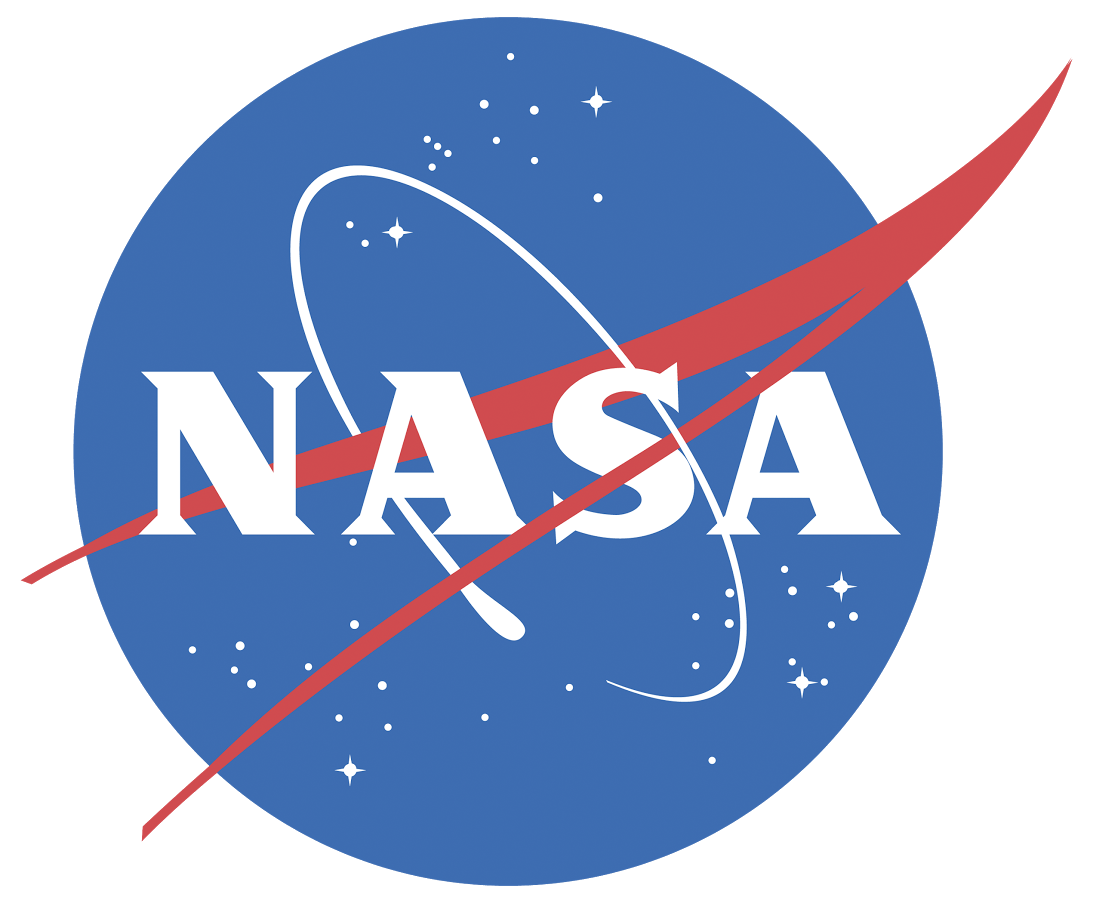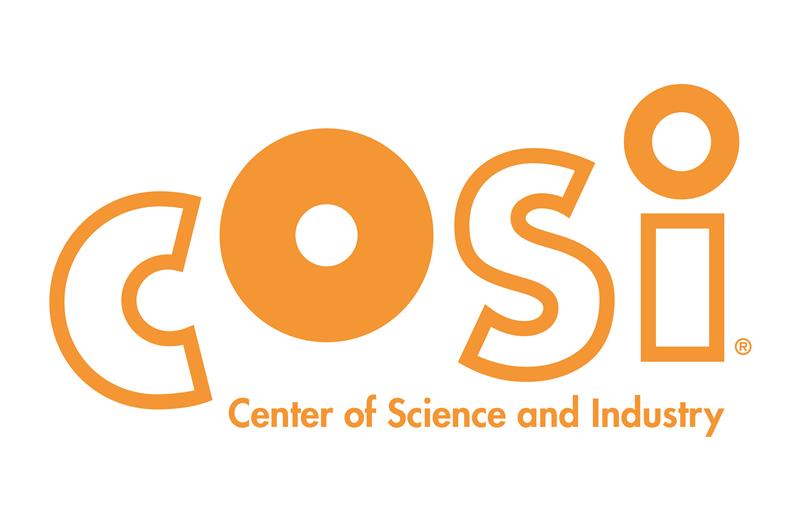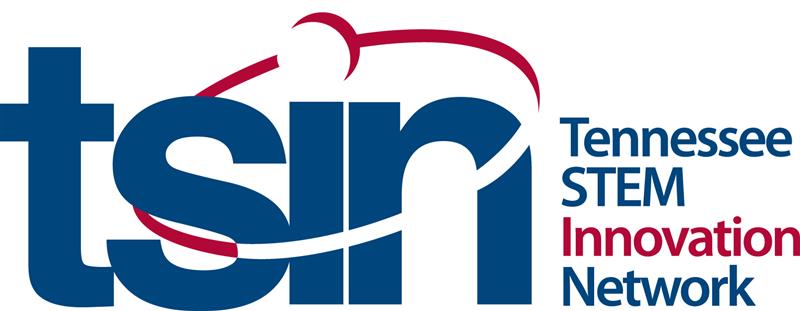Propulsion with
Foam Rockets
suggested for grades 9-10
Daily Breakdown
February 14th, 2021
#NASAMakerMonday
Be sure to review the educator guide above before kicking off the week to make sure your students have access to all of the required materials.
Step 1: Review NASA's content about the SLS with your class
Step 2: Discuss constraints faced by NASA engineers when developing these launch systems. Begin to discuss your ability to model these launches using a foam rocket and rubber band launcher.
Step 3: Construct foam rockets with your students per the instructions on NASA's educator guide.
Step 4:
Students should finish the day with a complete first design of their rocket, ready to test on Tuesday.
February 15th, 2021
#NASATestItTuesday
It's time to test! Let's run the rockets through some practice launches and then iterate on their design.
Step 1: Have students make any final adjustments to their rocket.
Step 2: Create a launch area for rockets, ideally a large open space that allows rockets to travel up to 10 meters. Roll out masking tape and make measurements to more quickly judge distance.
Step 2: Begin to test your foam rockets! Run baseline trials to find out how to limit intereference as much as possible, then encourage students to alter the trajectory and speed to investigate the range of flight possibilities.
Step 3: Alter the fin design and launch angle, then begin recording each attempted flight's angle, and outcomes.
Step 4: Compare students results across the class - who had the longest and shortest distances? What about their designs made them more or less successful?
February 16th, 2021
#NASAWonderWednesday
Take a break from designing and testing today to step back and look at the big picture. What do your students imagine it would be like to work at NASA?
Step 1: Watch this video to meet Launch Vehicle Trajectory Analyst Phillip Hargrove.
Step 2: Encourage your students to reflect on the interview. Consider the following questions, or ask your own:
- In what ways is planning a rocket's trajectory like planning a car trip?
- What are some of the projects that Pillip has worked on?
- What happens if the trajectory math for a mission is wrong?
Step 3: Prepare for another day of iterating, resdeigning, and testing tomorrow.
February 17th 2021
#NASATryAgainThursday
Time to get back to the design cycle and use what we've learned so far to push our design to the next level! NASA have higher stakes with expensive payloads and precious human cargo, so success hinges on proper analysis and preparation of the launch systems. Consider raising the stakes with today's extension.
Step 1: Mark a box with an area of one square meter for a target. Like Phillip, they will have to rely on their calculations to ensure their rocket completes its intended journey.
Step 2: Challenge students to use their observations from Tuesday to predict the most effective angle to hit their target on the first attempt. Give them time to conduct tests, noting the variables and outcome to dial in their launch.
Step 3: At the end of class, conduct one final test for each rocket. How many students can hit the target on their final test?
February 18th, 2021
#NASAFeedbackFriday
Communication and feedback is an essential part of the design cycle. To bring this week to a close, have your students present their learning to each other - and to NASA.
Step 1: Use your own prompts or the samples below for guidance.
- What variables did you need to control to accurately predict where your rocket would fly?
- What variables did you not have control over? Were you able to address them? If so, how?
- Did your design work perfectly at the very start? If not, what did you change to improve it?
- If you could make any additional changes to your rocket or launcher, what would they be?
- What questions would you ask Phillip if you had the chance?
Step 2:
For a bonus - have students record their presentations or take photos of their rockets, then share them on social media with the hashtags #NextGenSTEM and #NASAFeedbackFriday.





